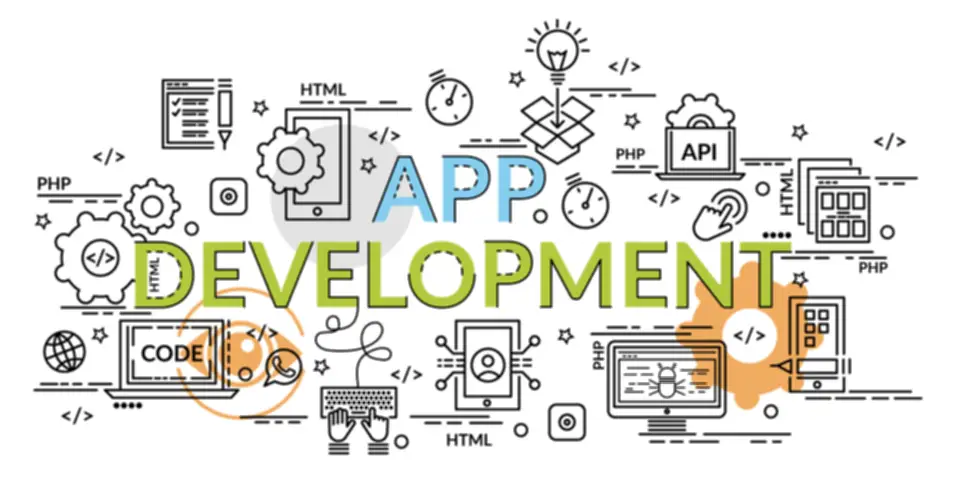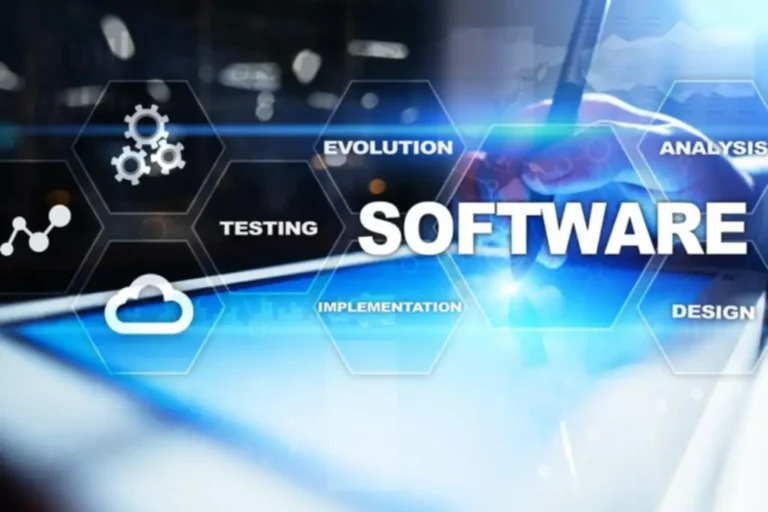What’s Steady Delivery In Software Program Product Development?
By enabling software growth groups to launch working software program regularly, it helps in minimizing the occurrence and impression continuous delivery maturity model of bugs and ensures a good-quality product is delivered to the tip buyer. Continuous supply (CDE) is a software program engineering method which enables teams to supply software in short cycles and ensures that the software may be manually and reliably released at any time. It goals to automate the software delivery course of by constructing, testing, and releasing new features and adjustments with greater speed, accuracy, and frequency. Continuous delivery is a popular strategy for software program supply, particularly for groups that apply DevOps.
What Are Some Widespread Tools Utilized In Continuous Supply Pipelines?

A steady delivery tool lets you use open source tools to build, deploy and handle your purposes. By integrating units of instruments, you probably can create repeatable and manageable tasks, not only on your development group but in addition in your operations staff. Whether you make continuous deployment a part of your delivery pipeline is decided by your business wants. These instruments all combine within a steady pipeline, and a few supply capabilities which are useful in a number of steps.
Enhanced Developer Productivity And Effectivity
By distinction, the pull-based methodology updates the application by frequently evaluating the precise state of live infrastructure to the specified state specified within the setting repository. In Kubernetes, that is achieved by a GitOps controller that detects a discrepancy between the actual and desired states. Upon any discrepancy, it updates the infrastructure to match the surroundings repository.
Advantages Of Continuous Supply
A practical information to the continuous integration/continuous delivery (CI/CD) pipeline.. Typically, when working on the identical software improvement project, builders work off of particular person copies of a primary branch of code. However, functionality points and bugs can happen after developers merge their adjustments onto the principle codebase, especially when developers work independently from each other. Daimler Trucks North America wanted to switch its fragmented and gradual software development and deployment process to fulfill the ever-increasing demand for IT purposes. CI/CD introduces ongoing automation and steady monitoring all through the lifecycle of apps, from integration and testing phases to supply and deployment. Our consultants may help your group develop the practices, tools, and tradition needed to more effectively modernize current applications and speed up your cloud-native utility development journey.
- This along with virtualization provides excessive flexibility in establishing test and production environments with minimum handbook effort.
- CI plays a vital role in maintaining the quality and stability of software program tasks.
- Deployment automation platforms supply deployment approvals and gates to provide administrators more control, visibility and auditing capabilities over their continuous deployment processes.
- No matter when you’re a seasoned tech professional or a curious beginner, you may find a wealth of data here.
The individuals working on it get pleasure from it more and the organizations that practice it earn extra money. Delivering new software is the one most important perform of businesses trying to compete right now. Many firms get caught with flaky scripting, manual interventions, complex processes, and large unreliable software stacks across diverse infrastructure.

Developing a CI/CD pipeline is a normal practice for businesses that regularly enhance functions and require a dependable delivery process. Once in place, the CI/CD pipeline lets the group focus extra on enhancing functions and fewer on the details of delivering it to varied environments. The impression of implementing CI/CD pipelines may be measured as a devops key performance indicator (KPI).
With CI/CD, teams can still convey code to various environments with out considerations about throwing initiatives off schedule. Understand what finish customers count on from products, since this dictates how software program development teams might be aligned to enable these capabilities. A software answer might have many options, but some of them—or even just considered one of them—may be most important to prospects. Continuous delivery is a specific software program development apply that’s often utilized in reference to DevOps. A DevOps method is likely to involve the creation of a steady delivery pipeline. Continuous supply is the automation that pushes applications to a quantity of supply environments.

Software groups are left scrambling to know their software program provide chain and uncover the basis explanation for failures. CI/CD duties would normally be triggered every time changes are introduced in code, but pointless processes will slow down progress and pressure sources like CPUs and developer hours. To solve this downside, developers can break down software into smaller code packages in order that pipelines run faster. With automated testing, which identifies when builds cross or fail, engineers can also transfer code via regression exams. Regression checks assist ensure that code would not break a software program build when it’s merged with different trunks and confirm that code is working as anticipated.
Automated testing tools in a CD setting guarantee most code protection, so safety, performance, integration, and different features of the code depart nothing to chance. Concepts like containerization get rid of ambiguities or minor variations in environments that could potentially cause surprising production issues. CDMM supplies a structured way for organizations to evaluate and enhance their capacity to implement continuous delivery practices, which can lead to elevated effectivity, high quality, and stakeholder satisfaction.
By standardizing builds, creating exams, and automating deployments, teams can commit extra time to enhancing purposes, and fewer time on the technical processes of delivering code to completely different environments. Continuous integration is a development philosophy backed by process mechanics and automation. When training steady integration, developers commit their code into the model control repository regularly; most teams have a regular of committing code a minimal of day by day.

CI/CD automation then makes any essential service calls to internet servers, databases, and different providers that need restarting. Building, maintaining, and optimizing a steady delivery pipeline requires specialised skills and tools throughout the whole worth stream. Because this kind of delivery system requires the fast supply of complicated solutions with very short learning loops and high levels of cross-functional collaboration, DevOps strategies are ideally suited to enable it. In other words, steady supply pipelines are best applied with DevOps, as illustrated in Figure 8. Building and maintaining a CDP permits every ART to deliver new performance to customers much more regularly than conventional processes. For others, it may imply weekly or monthly releases—whatever satisfies market demands and the targets of the enterprise.
Each team can arrange their own insurance policies, CI/CD integrations, and processes, matching their bespoke necessities, as if they’d an independent platform of their own. Outerbounds permits you to create any variety of securely isolated environments, perimeters, which can goal any variety of compute swimming pools which could be spread throughout multiple clouds, and even on-prem assets. As we talked about in the beginning, ascertaining the quality of ML/AI branches is less straightforward – you presumably can’t just eyeball the outcomes shortly.
DevOps teams use metrics to refine their processes in continuous deployment cycles. For instance, a deployment frequency (DF) metric measures the frequency of code modifications in a production deployment setting. This metric may help developers assess how quickly they can deliver new features to finish customers. OpenShift GitOps allows customers to construct and integrate declarative git driven CD workflows instantly into their utility development platform. Continuous integration (CI) is practice that entails developers making small changes and checks to their code. Due to the dimensions of requirements and the variety of steps concerned, this process is automated to guarantee that groups can construct, test, and bundle their applications in a reliable and repeatable method.
The regression test informs the team whether or not a code change failed a number of of the checks developed throughout the practical areas of the appliance where there’s take a look at protection. Another notable pitfall is the chance of deploying faulty code to the manufacturing environment, which could doubtlessly disrupt the person experience. This highlights the significance of having a sturdy launch process in place, which incorporates thorough testing, critiques, and staged deployments.
In this scenario, steady delivery is still a stepping stone towards the ultimate objective of automated deployments. The result is a system that’s totally reproducible from source control, from the O/S and all the way up to application. Doing this allows you to cut back a lot of complexity and value in other tools and strategies for e.g. disaster restoration that serves to ensure that the production surroundings is reproducible. Instead of having a separate process, disaster recovery is simply accomplished by pushing out the final release from the pipeline like some other launch. This together with virtualization gives extreme flexibility in setting up take a look at and production environments with minimum handbook effort.
Transform Your Business With AI Software Development Solutions https://www.globalcloudteam.com/ — be successful, be the first!
